The name of Güell is associated with many Modernista monuments of Barcelona and the surrounding area, most often in connection with the architect Antoni Gaudí. The reason being that Eusebi Güell (1846-1918) was the man who gave Gaudí his first architectural commissions, and sponsored much of the architect’s early work. They became lifelong friends through shared interests such as architecture and Catholicism. Güell was the son of a wealthy industrialist who went on to increase his family’s fortunes, mainly through the textile industry. He met Gaudí at the Paris World Fair in 1878 and was attracted by his architectural style through which he planned to create unique monuments commemorating and immortalising the family name. Here we take a closer look at some of these monuments, examining their legacy and detailing how to visit them today.
Table of Contents
Gaudi’s early commissions: Pavilions of the Guell Estate and Palau Guell
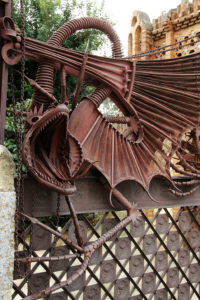


Photo by: 黃毛 | YELLOW Mao via VisualHunt
Gaudí’s first commission from Güell was the gatehouse to his estate off the Av. Pedralbes in Sarrià. Built between 1884 and 1887, here Gaudí first experimented with the trencadis mosaic style (where broken pieces of ceramic are used to adorn uneven surfaces). The Pavilions are a fine example of early Modernist architecture, with Neo-Mudéjar brickwork and Gaudí’s penchant for naturalistic forms already clearly evident. The crowning glory of the site, however, is the wrought-iron dragon which coils itself around the gateway and depicts the creature from the Garden of the Hesperides commemorated in Verdaguer’s epic poem L’Atlàntida. The Pavilions are open from 10am – 4pm, and the entrance fee is €4. The Pavilions are all that survive of Güell’s estate today, the remainder having been sold off in order to build the Palau Reial de Pedralbes, formerly the Residence of the Spanish royal family in Barcelona.
Gaudí was also commissioned to design and build the Palau Güell, Güell’s city mansion, early in his career. In this Palace in the centre of Barcelona, we can trace the development of Gaudí‘s unique architectural style. The entrance gate is adorned by a mythical bird similar to the dragon of the Pavilions. A general admission ticket costs €12, but the Palace can be visited for free on the first Sunday of every month.
Related article: Mosaics and Frescoes of Barcelona
Later collaborations with Guell: Park Guell and Colonia Guell
The most famous of all works commissioned by Güell is surely Gaudí’s park in the Gràcia neigbourhood of Barcelona, built between 1900 and 1914. The park was envisaged as the grounds of a residential development for the city’s wealthy classes, but due to problems financing the project, only two houses were built on the site. Gaudí’s home in the park (now the Casa Museu Gaudí) was built by his assistant Francesc Berenguer as a show-house for the project. The space became a public park, and is today owned by Barcelona’s City Council. There is a charge to enter the monumental zone, which contains Gaudí’s masterpieces including the hypostyle room with its labyrinthine forest of columns, and the much-imitated mosaic salamander which snakes its way down the main monumental staircase.
Related article: A visit to Park Güell
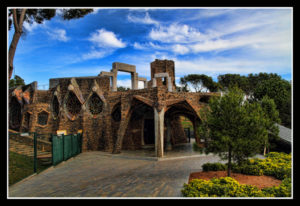


Photo by: Pepe Manteca via Visualhunt.com
Perhaps the most ambitious of Güell’s projects was the Colònia Guell (see featured image), a model town built for the workers in his textile factory, on the principles of social inclusion, after the model of the British industrialist Robert Owen. The aim was not just to increase productivity in his factories, but also to improve the lives of workers by providing them with a good standard of housing, education, and amenities. Although the town itself is worth visiting for its fine examples of Modernist architecture, the highlight is undoubtedly Gaudí’s unfinished Church of Colònia Güell (pictured right). Due to Güell running into financial difficulties, the church was never finished, though the crypt and its exterior represent a fine example of Gaudí’s later work, which also served as a model for many of his designs for the Sagrada Família. Such is its architectural value that it is has been denoted a UNESCO World Heritage Site. A combined train ticket to Colònia Güell and visit to the church costs €15 from Plaça Catalunya, and is highly recommended to anyone who wishes to see some of Gaudí’s finest work outside of Barcelona.









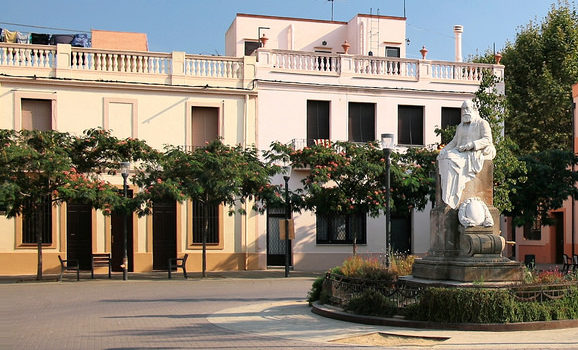
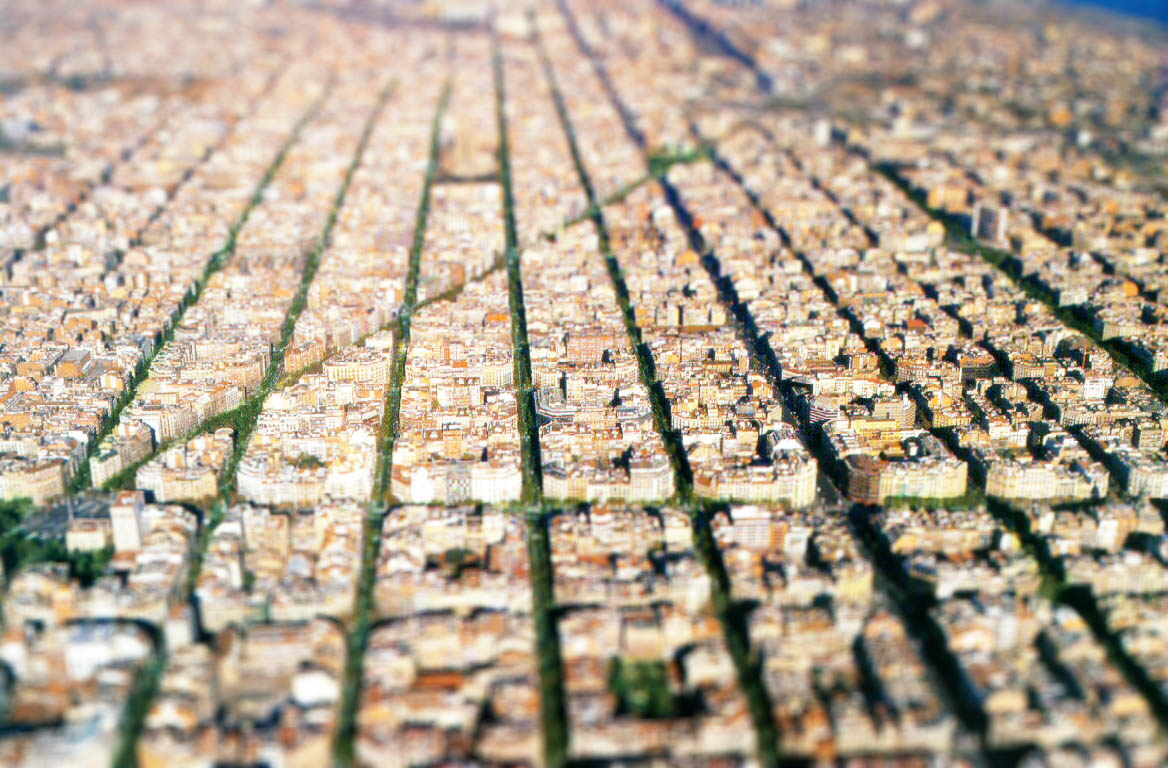
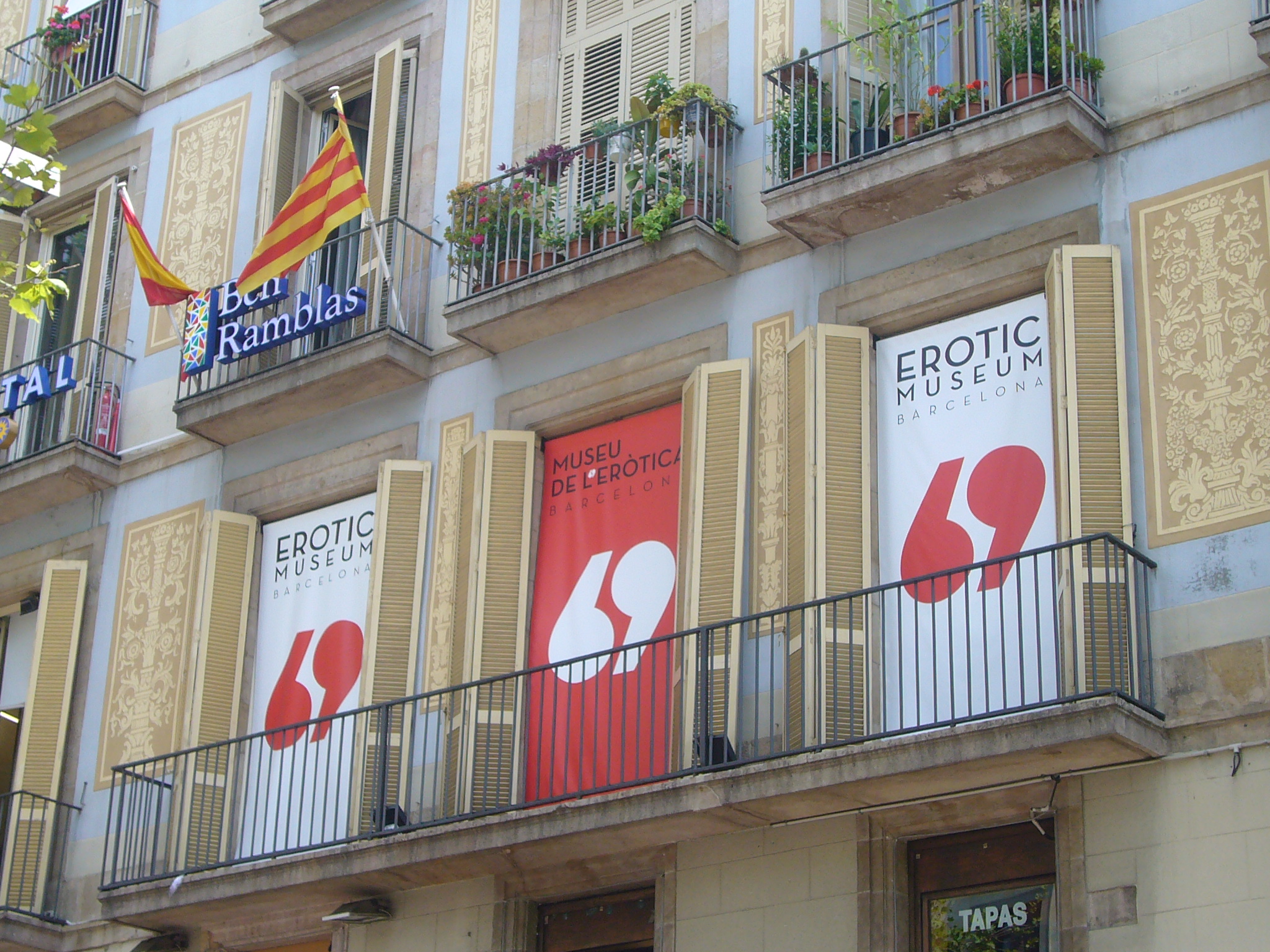
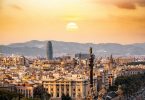
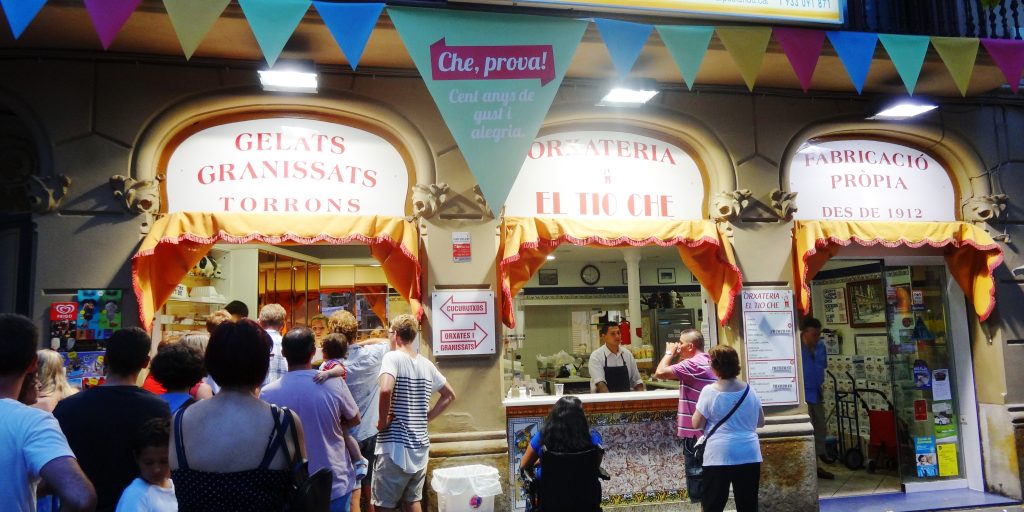

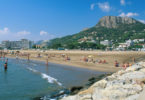

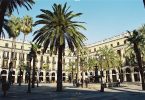
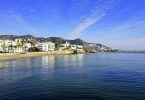
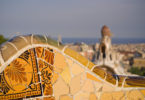

Leave a Comment